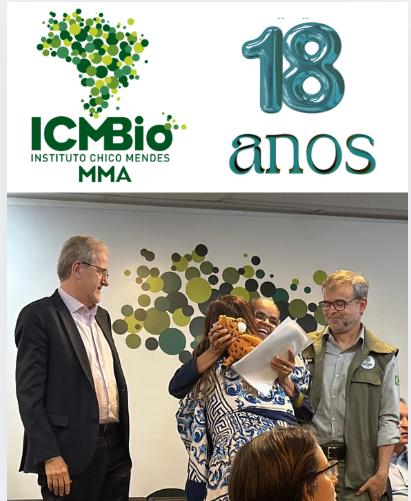CaciraandUyara






Who are the jaguars on the cover?
They are Cacira and her daughter, Uyara. This is the fourth time we have photographed Cacira with cubs! Big mom, right?
Who we are
The Onças do Iguaçu is an institutional project of ICMBio, developed in partnership with the Iguaçu National Park, the Instituto Pro Carnivoros, CENAP/ ICMBio and WWF Brazil.

The Voice of the Jaguar is a publication of The Jgauars of Iguaçu Project. In this issue, we present the activities carried out between June and August 2025
Mission
Conservation of the jaguar as a key biodiversity species in Iguaçu National Park and the surrounding region.
Jaguars, people and Iguaçu National Park thriving together.
Yara Barros - Executive Coordinator
Vânia Foster - Research Coordinator
Thiago Reginato - Coexistence Coordinator
Aline Kotz - Coexistence Manager
Valquíria Nascimento - Research Assistant
Ranter Sousa - Research Assistant
Patrícia T. Gomes – Veterinarian
Igor Moreno – Legal- Administrative Consultant
Katlin Fernandes - Educator
Rodrigo Perez - Comunication
Claudiani Tavares - Coordinator of Jaguar Crocheters


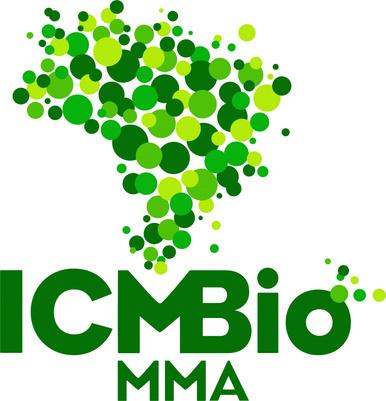

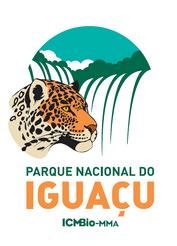








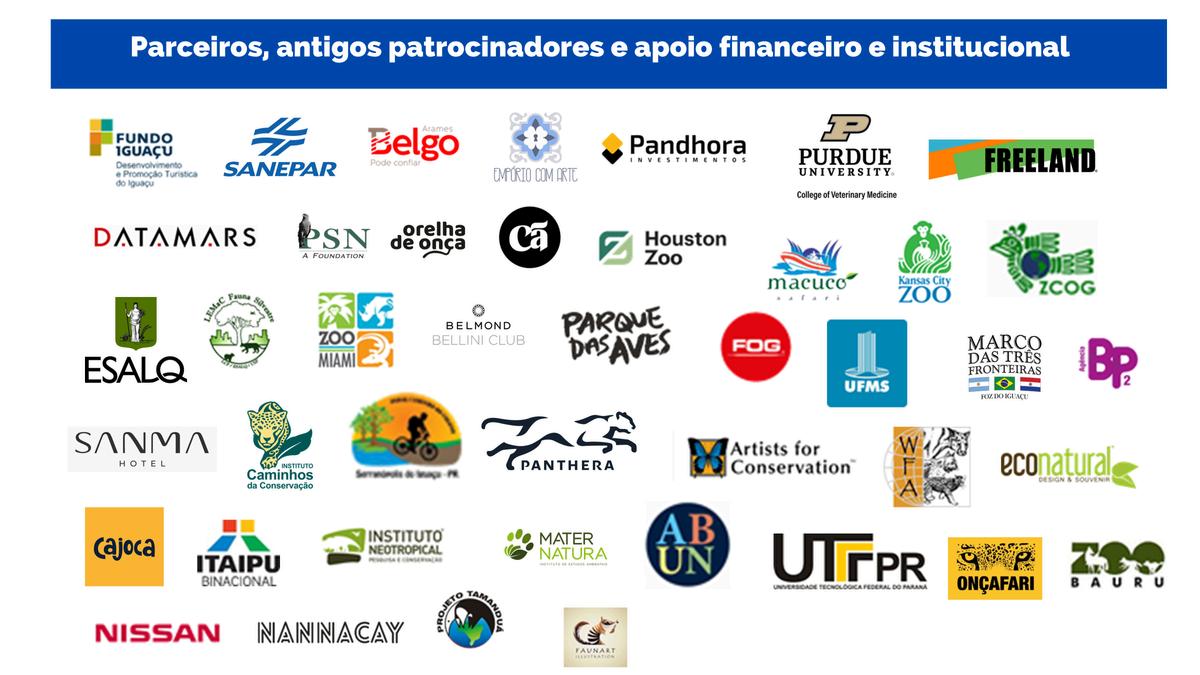
We’re observing: Wildlife monitoring
During this period, we monitored 58 fixed points in the Iguaçu National Park, with a sampling effort of approximately 6,200 camera-trap days
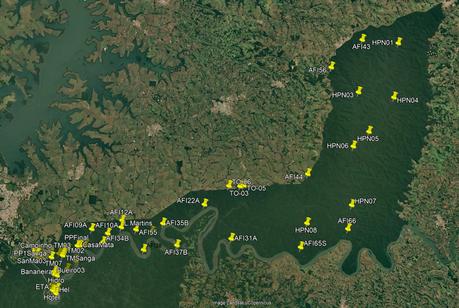
Ocelot with prey
Giant anteater
Small red brocket deer
White-lipped peccaries
For the first time, a Crested Eagle (Morphnus guianensis) has been recorded on video in Iguaçu National Park — one of the rarest predators in the Americas.
Critically threatened, this species depends on preserved forests and vast areas to survive Finding it here is proof that the Park remains an essential refuge for wildlife This remarkable footage is the result of the meticulous wildlife monitoring work we carry out every day to protect and better understand the biodiversity of the Atlantic Forest.
28 species recorded

A rare record!
The Jaguars of Iguaçu
During this period, we recorded 200 jaguar sightings, representing 22 different individuals (17 adults, 1 subadult, and 4 cubs).
Araucano

Reproductive Activity
This was the period in which we most frequently recorded females with cubs, and showing signs of pregnancy!
We recorded four females with their young: Cacira and her cub Uyara (fourth litter), Angá with two cubs (second litter), Gufã with one cub (first monitored litter), and Anaí with one cub (first monitored litter).
Aisha
com filhote Suyane
Three females showing signs of pregnancy, with swollen abdomen and prominent teats: Mani (first litter), Kaolin (first litter), and Janaína (fourth litter).
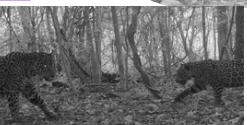
On the move!
The male M’bareté was on the move during this period! He traveled about 90 km in 27 days, even stopping by our Argentine colleagues (recorded by Aves Argentinas). This movement may be related to the search for food and females.

Diet
Between May and August, we collected 22 fecal samples, 18 possibly from jaguars and 4 possibly from small wild cats. The collected samples are stored in a freezer for later analysis of diet, genetics, and parasitology.


Internship program

In August, we opened 3 positions for Remote Volunteer Internship in the Research area. We received great interest in the opportunity, with 180 applicants. Ten candidates moved on to the interview stage, and 4 were selected.
These volunteers will begin activities in September and will assist us in screening images from the camera traps

Monitoring Corridors
Guess Who’s Passing Through?
In May 2025, we began monitoring the Rio Índio Corridor, in São Miguel do Iguaçu. With 25 km² of forest across 10 private properties, the area has already revealed the passage of a young dispersing jaguar.
Camera traps were installed at 18 points, resulting in 969 camera-trap days and 1,276 records: 26 species of mammals, 27 bird species, and 2 domestic animals. Among the highlights are species that contribute to forest regeneration, such as the lowland tapir, agouti, and white-lipped peccary, as well as five wild cat species including jaguar, puma, and ocelot. The study will allow us to evaluate the use of the corridor and its importance for connectivity and wildlife conservation in Iguaçu National Park.





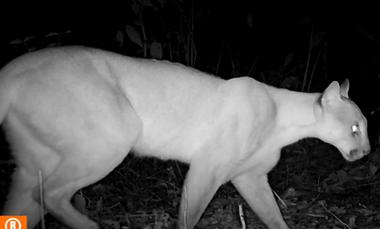


In August, we prepared the article: Resistance to Coinfection among Feline Viral Leukemia, Feline Panleukopenia, Anaplasmosis, and Cytauxzoonosis in a Free-Living Jaguar (Panthera Onca) Southern Brazil. This article, led by Patricia Gomes, was submitted to the journal Arquivo Brasileiro de Medicina Veterinária e Zootecnia and accepted for publication.
During this same period, we have also been working on 4 other manuscripts some led by our team and others in which we are coauthors.
Vet in action!
papers
During this period, we carried out anatomopathological examinations of animals found roadkilled in the region: a puma (São Miguel do Iguaçu), in partnership with the Bela Vista Biological Refuge, and an ocelot (Foz do Iguaçu). These deaths highlight the need for a wildlife roadkill prevention policy.

We have a new partner!

In June, we established a partnership with Prof. Dr Fernando Paiva, head of the parasitological analysis laboratory at the Federal University of Mato Grosso do Sul (UFMS). We sent 44 feline fecal samples to identify possible parasitological agents present in the big cat population of Iguaçu National Park The diversity of parasite species that a jaguar can host is truly remarkable! Up to seven different species were found. The samples with the greatest diversity of parasites were collected on trails where domestic animals were present Now, we will begin collecting dog fecal samples found inside the Park for analysis. Stay tuned for the results!



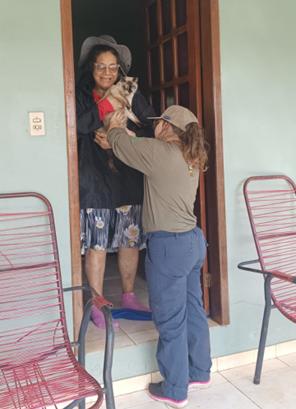
This program has as its main objective the sanitary evaluation of domestic dogs from properties surrounding Iguaçu National Park, in order to understand the demographic and epidemiological scenario and identify possible etiological agents that could be transmitted to wild carnivores. We also carry out the vaccination of these animals. In August of this year, we began the second cycle of this program, aimed at quantifying dogs and cats on properties around the Park, as well as assessing the sanitary conditions and overall health of the animals. We visited 88 properties across 10 bordering municipalities and recorded 380 dogs.
This program is carried out with several partners: PELD Iguaçu, the Federal University of Fronteira Sul (UFFS) through Dr. Paulo Braz, the Bela Vista Biological Refuge of Itaipu, UNESP Botucatu through Drs. Paulo Marcusso and Felipe Fornazari, the Zoonosis Control Center (CCZ) of Foz do Iguaçu, and UNILA through Prof. Roberto Lui.

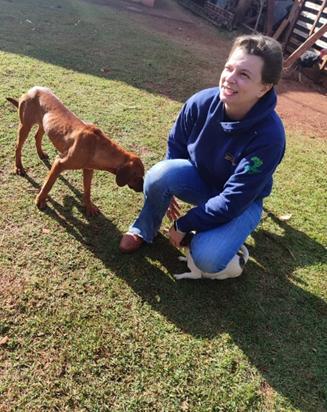
Cãoservação 2025 Coverage Map. In red are the new properties included.
Jaguarat School Jaguarat School
Engagement
Touch the heart to teach the mind
The Jaguar at School program consists of activities carried out in schools of the neighboring municipalities, or at the Toca da Onça, including theater, lectures, and exhibitions. During this period, we held 2 Jaguar at School events.
Students from the Novo Horizonte Municipal Early Childhood Education Center at the Toca da Onça

Students from Helio Balarotti Municipal School, Santa Tereza do Oeste
The Engagement Program of the Onças do Iguaçu Project, targets
the residents of the municipalities surrounding Iguaçu National Park And what’s it for, folks?
Check this out: increasing knowledge about jaguars, reducing the perception of their impact and the risk to human safety and domestic animals, and also improving people’s attitudes towards jaguars We work to connect people with jaguars, clarify misinformation and mistaken perceptions about them, and also to create and strengthen bonds within the team.
Jaguar on the Road Jaguar on the Road
Engagement
Touch the heart to teach the mind
The Jaguar on the Road program consists of activities carried out in the municipalities surrounding the Park, including talks about jaguars, footprint workshops, exhibitions about the project, face painting, theater, children’s painting, and storytelling.
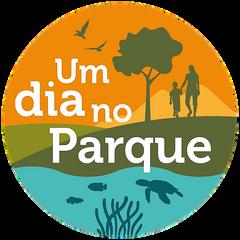
In July, we celebrated Um Dia no Parque, a national movement to celebrate Protected Areas in contact with nature, bringing people closer to conservation areas. We marked this day at the Toca da Onça, with a visit from the Inclusive Residence of Foz do Iguaçu, which supports young people with intellectual disabilities in situations of vulnerability. Fun activities were carried out, such as face painting, games, and drawing, along with a special snack prepared by the Projeto, with cakes and sweets offered by the Belmond Hotel das Cataratas.

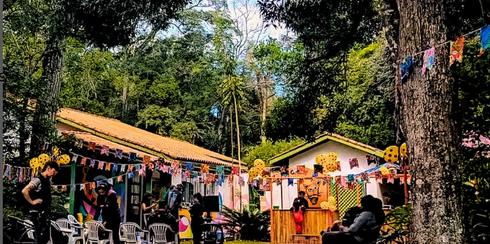
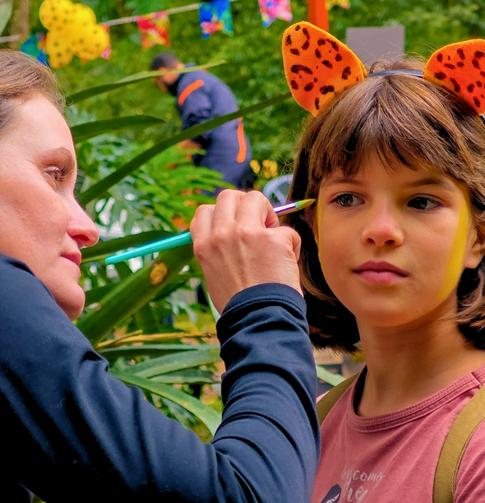
Coexistence
One of the actions of the Onças do Iguaçu Project is to respond to jaguar sightings and possible predation of domestic or livestock animals. During these visits, we provide guidance on proper livestock management, appropriate carcass disposal, and safety measures for people. When necessary, we also provide firecrackers, rockets, and compressed air horns for protection. In addition, we distribute informational material.
Through quick response and our constant presence, we aim to strengthen bonds, build trust in our work, and replace fear with knowledge thereby preventing jaguars from being killed in retaliation.
Between June and August, we carried out 44 visits across 22 properties in 9 municipalities surrounding the Park: Céu Azul, Foz do Iguaçu, Lindoeste, Medianeira, Matelândia, Santa Tereza do Oeste, Santa Terezinha de Itaipu, São Miguel do Iguaçu, and Serranópolis do Iguaçu.
Routine visits to the properties help build and strengthen bonds with the community which is good for both jaguars and people!


44
22 properties visits

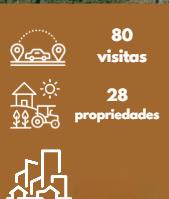
9 municipalities
Check out some of the visits
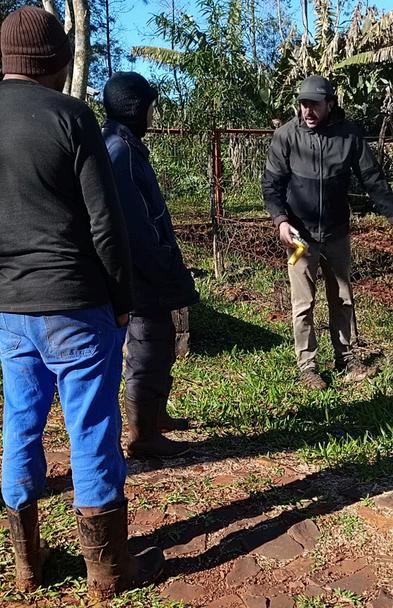


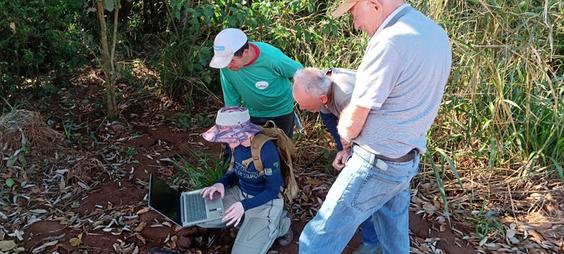


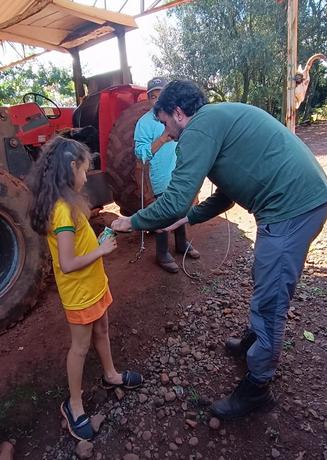



Response to predation
When we receive reports of predation, we have a strategy for immediate response! This allows us to assess the situation, identify the predator, and help protect properties to reduce the risk of further predation. Between June and August, we responded to four predation incidents, three involving jaguars and one involving a puma. The incidents occurred in two municipalities: the jaguar attacks in Céu Azul and the puma attack in the municipality of Medianeira.
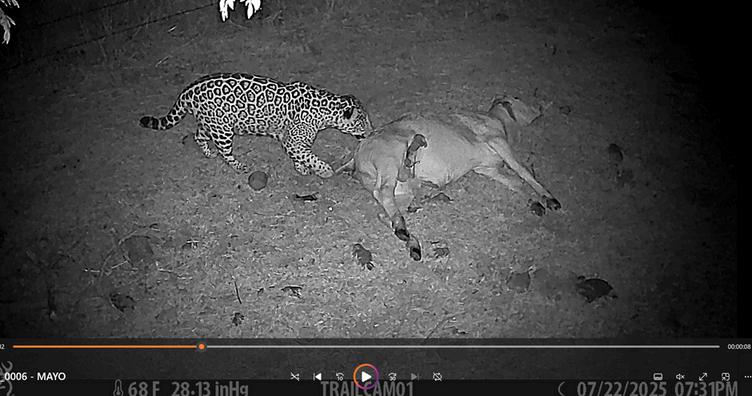




At each property where predation occurs, the project attempts to identify the predator, advises the owner on management changes to make the property less vulnerable, installs anti-predation devices, and monitors the property for at least one year to prevent further predation
Social media image reflecting on the predation case in Medianeira and interview on RPC for clarification
Prevention
The project seeks to reduce the risk of financial losses resulting from predation of domestic animals, thereby potentially increasing farmers' tolerance of big cats.
On properties with a history of predation, or those that are vulnerable, certain preventive measures are put in place.
Between June and August 2025, we distributed 23 anti-predation devices on six properties located in four municipalities: Céu Azul, Santa Tereza do Oeste, and Medianeira.

Distributed material
Tackling fake news
But what is this Foxlight thing?
It is a device with programmable LED lights of various colors. According to the manufacturer, it prevents wild animals from getting used to it because it flashes intermittently and randomly, is visible from 1 5 km away, has 9 LED lamps (2 red and 2 blue), and a 360degree radius It turns on automatically and can be powered by solar or 6-volt batteries.
Between August and June, we dealt with around five instances of fake news, spread across six municipalities: São Miguel do Iguaçu, Vera Cruz do Oeste, Matelândia
The news consisted of a video of a jaguar walking through a harvested cornfield. We were unable to determine where it was filmed, as several colleagues received the same video claiming it was from different regions of the country

In July, with the participation of institutions from Brazil, Argentina, and Paraguay, we launched the Tri-national Coexistence Network. Conceived by the Onças do Iguaçu Project, the network connects conservation projects, government agencies, researchers, rural producers, and civil society organizations with the aim of promoting coexistence between people and big cats in the Atlantic Forest.
This Network was created in response to the challenges of predation and conflicts between humans and wildlife, proposing joint solutions through technical cooperation, exchange of experiences, and integrated actions. The inaugural meeting resulted in the development of a strategic plan and the signing of letters of adhesion by the participating institutions, formalizing the tri-national commitment to conservation and coexistence
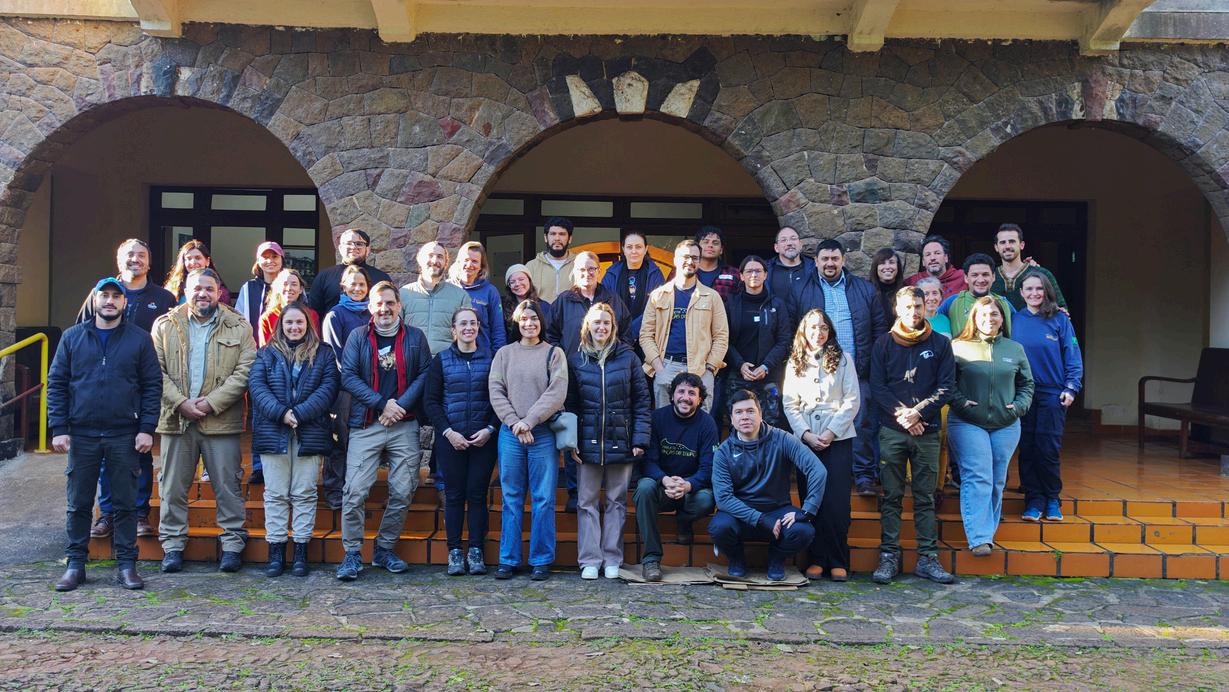

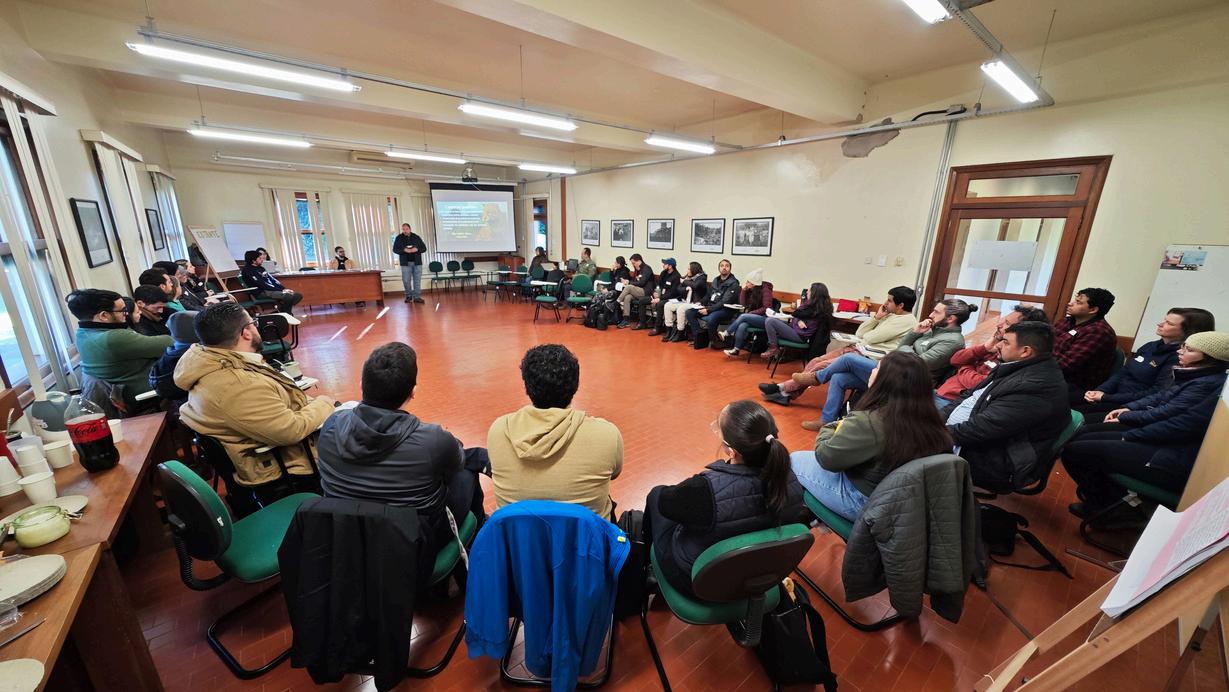



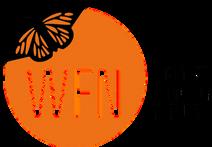
Closing the Network meeting, we inaugurated the Center for Conservation and Coexistence (CCC), a tool to help strengthen coexistence between big cats and human communities in the Triple Frontier region.
This center is a hub for training, demonstration, and regional coordination for technicians, rural producers, educational institutions, and conservation projects in Brazil, Paraguay, and Argentina.
The CCC acts as a practical and theoretical reference for the prevention of conflicts between humans and large predators, focusing on solutions applicable to the local reality.
It was built with funds from WWF Brazil, and training will be provided with funds from the Whitley Fund for Nature.

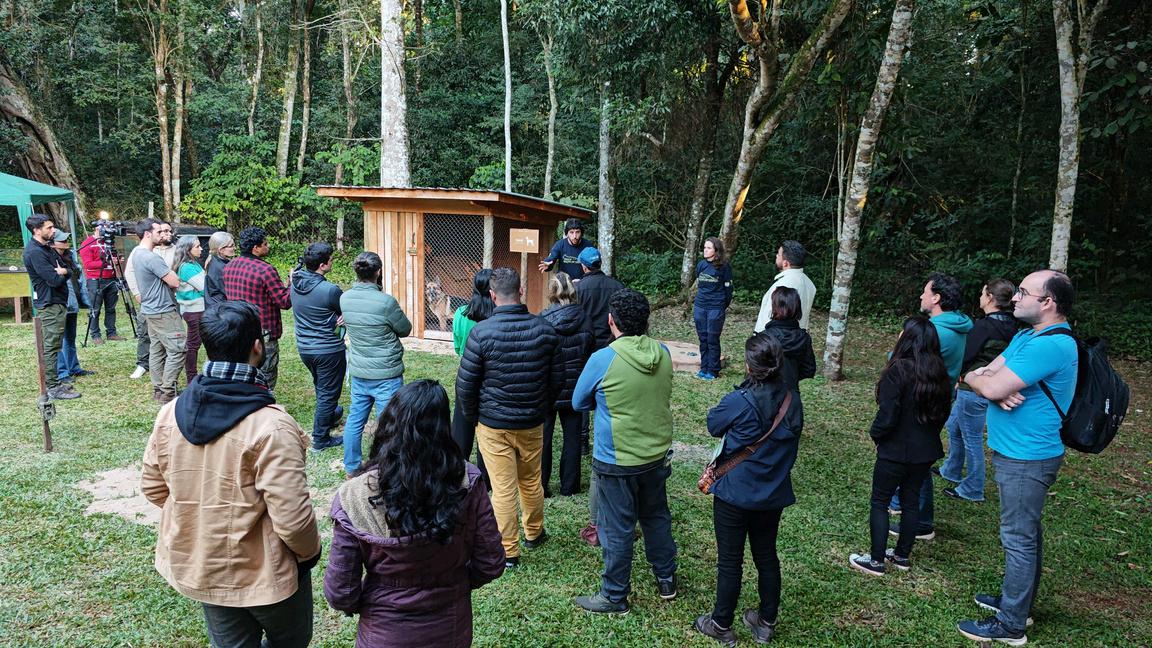
Participating institutions
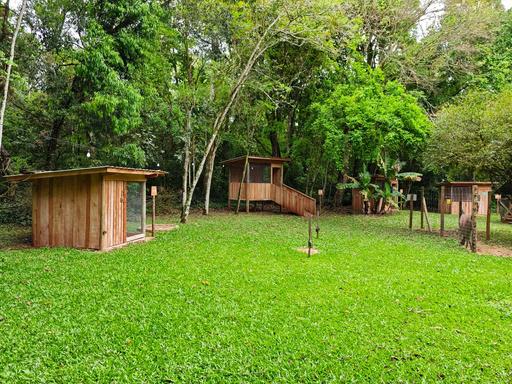

· Brazil: Onças do Iguaçu Project (Pro-Carnivores Institute), Iguaçu National Park/ICMBio, CENAP/ICMBio, Itaipu Binacional, Unioeste
· Argentina: Yaguareté Project (CeIBA/CONICET), Aves Argentinas, Ministry of Agriculture of Misiones, Fundación Vida Silvestre Argentina, Institute of Subtropical Biology (UNAM/CONICET) · Paraguay: WCS, SPECIES – Fundación Moisés Bertoni, NIB/FACEN/UNA, Itaipu Binacional

We have developed a practical and efficient guide for dealing with cases of predation involving big cats Based on practical experiences and coexistence strategies from the Onças do Iguaçu Project, the guide aims to minimize conflicts between humans and jaguars, protect domestic livestock, and promote jaguar conservation.
The guide covers everything from initial response to postintervention monitoring, ensuring the safety of both domestic animals and big cats.
With this manual, professionals and rural landowners will have the tools to respond effectively to predation cases.
With funding from the Whitley Fund for Nature, 1,200 copies of this guide were printed and are being distributed in training courses
The digital version can be obtained on the Onças do Iguaçu Project website.
Jaguar Crocheters
Income generation and women's empowerment
One of the project's lines of action is alternative income generation and empowerment for women living in the region.
We created the Jaguar Crocheters group, which i made up of 18 women from three municipalities They make crocheted jaguars, to which the jaguar add value. And we help find a market for thes products.
Claudiani Tavares, one of the crocheters, is th group's coordinator and our focal point.

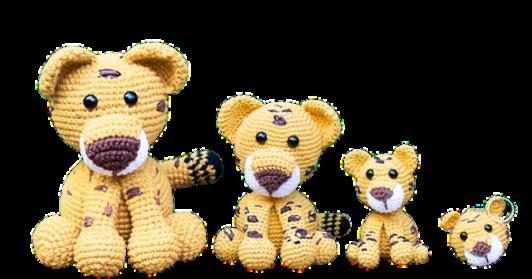
Between June and August, the Jaguar Crocheters received six orders for amigurumi toys from Urbia+Cataratas, Hotel Belmond, Visit Iguaçu, and Hotel Wish, generating a total income of US$ 3,500.00 for the women.
Diversity and inclusion
In the proposal submitted to the Whitley Award, we presented the creation of a product line inspired by the jaguar, to be developed by women from the Tekohá Ocoy indigenous village, in partnership with Belmond Hotel das Cataratas, a great ally in cultural appreciation and conservation. In May, we made our first visit to the village.
In July, we brought in artisan Mônica Carvalho, who has been working with indigenous communities for over 25 years, accompanied by Araci Queiroz, a specialist in strategies and market connections. At this meeting, a roundtable discussion was held and the date for the first workshop was set for September. Something beautiful is coming!



Communication
Spreading the word
In June, we created our LinkedIn profile. We have 1,674 impressions, 79 reactions, 1 comment, 1 share, and a total of 84 followers (+79 during the period). This platform is strategic for strengthening institutional communication and expanding relationships with partners and organizations.


We have created an official WhatsApp group to disseminate news about the Iguaçu Jaguars Project, which will centralize and organize the dissemination of information and includes 93 members of the regional press.
Talks
Between June and August 2025, eight lectures were presented (in Brazil and abroad), reaching approximately 570 people.
Media
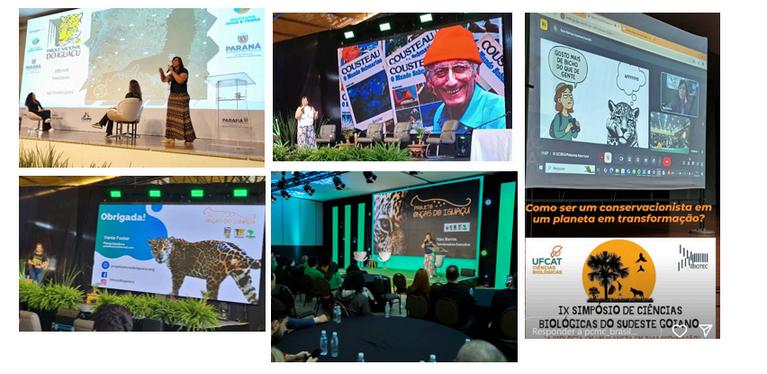
Between June and August, the Jaguars of Iguaçu Project caused a stir! We had 42 media appearances


Social Media
Facebook:1,479,080views(+8.9%),with52,640interactionsoncontent (+58.2%)and4,734newfollowers(140.7%).
Instagram:2,721,551views(+124.3%),789,221reach(+129.1%), interactions(+129.1%).7,178newfollowers(+71.4%).
CreatedinJuly,itobtained35,000TikTokvideoviews,135profileviews, 5,200likes,76comments,and79sharesinitsfirstquarter.Thenumberof followersreached172(+161intheperiod),with93.1%oftrafficcomingfrom mobiledevices.
13,961 views in the quarter, with 41.9 hours of watch time and 17 new subscribers. The channel generated 8,972 impressions and had a clickthroughrateof3%.



In July, we participated in the Caldeirão com Mion program, a national tv program, watcehd by 32 million people, at the invitation of our partner Visit do Iguassu, talking a little about the work we do to conserve our jaguars.
Puma Week

We participated in the celebration of “Puma Week,” created by the Cerrado Mammal Conservation Project (PCMC), which aimed to promote the conservation of the puma, raise public awareness about its ecological importance, and inspire a more positive connection with this incredible cat.
We celebrated this date with 41 posts on social media, reaching 1,165,000 people and generating 46,000 likes, contributing to the mobilization and awareness about the species
Motion of Applause
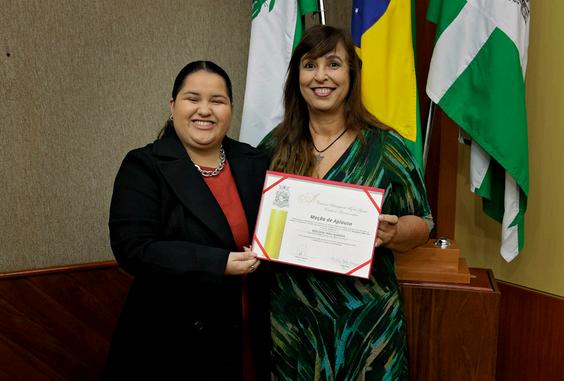


In August, we received a Motion of Applause in the City Council of Foz do Iguaçu, proposed by Councilwoman Valentina.
We are very proud of this tribute that celebrates science, the protection of biodiversity, and the leading role of women in conservation.
Whitley Award Celebration
On May 22, we experienced a very special moment at the D. Pedro Hall of the Belmond Hotel of Cataratas. We gathered friends, partners, and nature advocates to celebrate the power of conservation and cooperation. On this occasion, we officially launched the “Empresa Amiga da Onça” program, an initiative that invites local companies to join us in the mission of protecting jaguars and promoting sustainable development in Foz do Iguaçu (more coming soon!).
It was also an emotional opportunity to celebrate, together with our supporters, the achievement of the Whitley Award — the “Green Oscar” of conservation — which internationally recognized the work carried out by the Project Jaguars of Iguaçu for the biodiversity of the Atlantic Forest.
Our deepest gratitude goes to the team of the Belmond Hotel das Cataratas for welcoming us so warmly, and to our partners Urbia Cataratas and Visit Iguassu, who together made this gathering possible.
PAN Big Cats

Another pal for our jaguars!


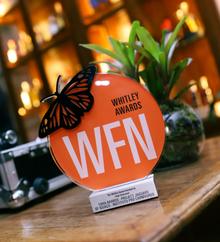
Yara Barros is a member of GAT (Technical Advisory Group) and Executive Coordinator of the National Action Plan (PAN) for Big Cats. In July, GAT met to discuss the progress of PAN actions.
The Project Jaguars of Iguaçu and Faculdade de Americana have formalized a partnership with a special focus: the continuous improvement of our team!
Thanks to this collaboration, Faculdade de Americana has offered a postgraduate scholarship to our veterinarian, Patrícia Gomes
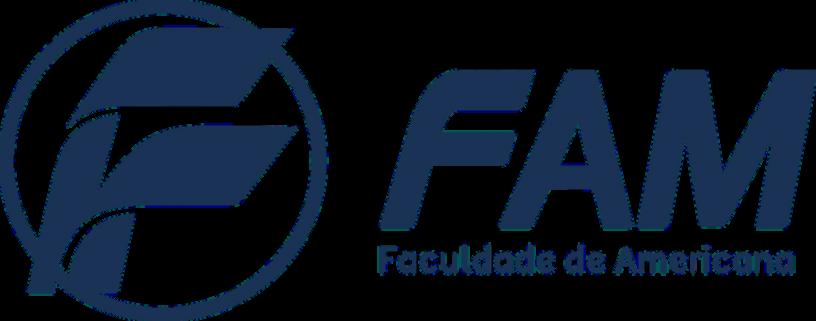
CONPARNI
We are members of the Advisory Board of Iguaçu National Park, with Yara Barros as the main representative and Thiago Reginato as the alternate.
Yara now holds the position of Vice President of CONPARNI. In June and August, we participated in an extraordinary meeting in Capanema, presenting the work developed by the Project.
Management of coatis
In May, we participated in the management of coatis in partnership with ICMBio and Urbia Cataratas. The action involved the capture of some individuals for the collection of biological samples, which will be analyzed in the laboratory.
1st Municipal Conference on the Environment




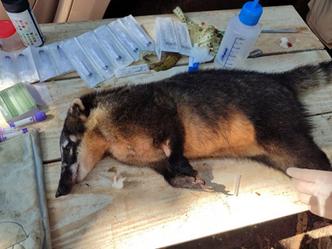

In August, we gave presentations at the 1st Municipal Conference on the Environment and the 3rd Workshop on Wildlife Rescue, Containment, and Management, promoted by PNI/ICMBio and the city government.
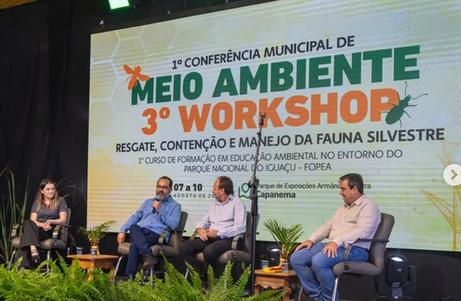

This is an initiative of the Iguaçu Jaguars Project and artist Igor Izy, which uses art as a tool to raise awareness among communities in the municipalities bordering Iguaçu National Park about the conservation of the jaguar The program plans to create graffiti art illustrating the jaguars of Iguaçu in the ten municipalities bordering the park. The newest panel for this program was held in June, in Santa Tereza do Oeste. Look how beautiful!

We had the honor of speaking abou conservation and presenting a crocheted toy made by the Jaguar Crocheters to Minister Marina Silva a woman who is a role model, inspiration, and source of strength for all of us who believe in a more just future for nature and for people.



